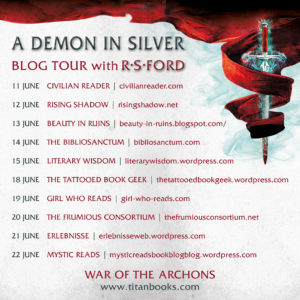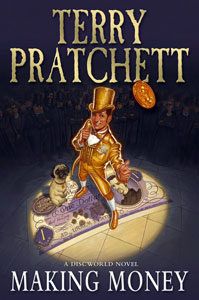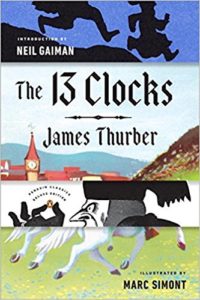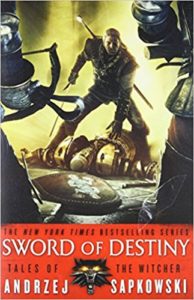I’m one of those overwhelmingly practical (some would say dull,) people who, when asked which historical time and place I’d most want to live in, answers “Right here and now is just fine.” Don’t get me wrong, like any other closet romantic, I have a fancy for the decadent trappings of bygone Europe, with the caveat that the rich who could afford such finery were few and far between, the middle class were barely considered people, and the poor suffered even more mightily than those even a little bit higher on the social scale. Eleanor Herman puts it best when she contrasts the highlights of the past with the drawbacks:
I am seduced by beautiful gowns, glittering jewels, and gorgeous palaces. I revel in fantasies of candlelit banquets, river regattas, and royal pageantry.
It should be quite clear, however, that my answer to a theoretical life as a baroque princess is a firm no. At this point, I would be afraid to time travel even for a few hours–attend a Versailles ball, let’s say–because I might bring something horrifying back with me. Worms, perhaps. And if I stayed there longer, well, it would be hard to enjoy the splendors of court life if I were in agonizing pain. Or dead.
See, the royal courts of Europe were hotbeds of intrigue, with assassination attempts by poison at one point being thought to be so prevalent that monarchs and others in positions of power went to extraordinary, and to our modern eyes comical, lengths to avoid such a death. Still others openly researched new poisons and became notorious for an alleged mastery of this “royal art.” Documents from the era detailing poisoning, suspected poisoning, and the many gruesome forms of death which carried away the rich and famous abound.
It is these documents that form the basis for this immensely entertaining book. Ms Herman is a historian with an eye for irony, detailing not only the often unfounded fears of the nobility but also the many ways in which these same people were voluntarily poisoning themselves, whether through the advice of physicians, the pursuit of beauty or the general lack of hygiene and sanitation. She then spends the bulk of the text examining twenty-two famous historical cases where a person’s demise was suspected to have been helped along, comparing notes from the time with current medical and scientific knowledge to make an educated conclusion as to the real causes of death. Each case is given a juicy amount of gossipy background: I learned a lot of memorable information about European courtiers that I won’t be forgetting any time soon. I also learned a lot more that was flattering to Napoleon than my Anglophile upbringing had deigned to impart, so it’s not all decadent sexy time gossip.
I was impressed even further by Ms Herman’s acerbic recounting of how poisoning, which faded in popularity when the democratic curbs to the power of the European monarchy offered a less murderous alternative for effecting change, made a comeback with the Soviet state, and how its practices continue to date. She lists a quite horrifying number of poisonings that can be laid at the doorstep of one modern European ruler, who has his own medieval precautions:
Knowing that karma is a bitch, Putin is the only world leader known to employ a personal food tester as the kings of old did. Rather than relying on his security team to ensure his food is free of poison, as other leaders do, he has a physician on staff who works closely with his personal chef. Both ingest a little bit of everything well before it is served to him. We can picture them crossing their fingers that they won’t vomit, pass out, and glow an eerie green in the dark.
Ms Herman concludes with a handy guide to all the poisons she’s previously listed, as well as their effects and a list of darkly humorous superlatives. As with the rest of the book, she writes in a style that’s both engaging and educational. I appreciated that she doesn’t hesitate to reflect on what the prior political predilection for poison means in our modern times. The Royal Art Of Poison is a terrific look at a subject that is at once morbid and racy, and embodies the best of popular history writing.

 No, her dog does not have carnivorous fur, and no, her fingertips did not undergo some sort of physical or spiritual transformation. As much as I love my people at Titan Press (hello and thank you for the books!) this kind of nonsense begs for stricter editing. But if that kind of thing doesn’t bother you, then I can absolutely recommend ADiS as a terrifically written high grimdark fantasy, especially since it is far and away the most fun I’ve had with the genre since early Ciaphas Cain (which technically is genre-adjacent, I know, don’t @ me.)
No, her dog does not have carnivorous fur, and no, her fingertips did not undergo some sort of physical or spiritual transformation. As much as I love my people at Titan Press (hello and thank you for the books!) this kind of nonsense begs for stricter editing. But if that kind of thing doesn’t bother you, then I can absolutely recommend ADiS as a terrifically written high grimdark fantasy, especially since it is far and away the most fun I’ve had with the genre since early Ciaphas Cain (which technically is genre-adjacent, I know, don’t @ me.)


